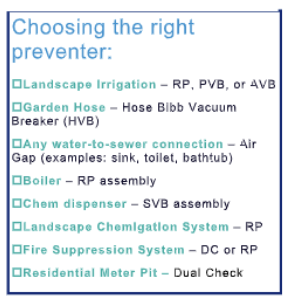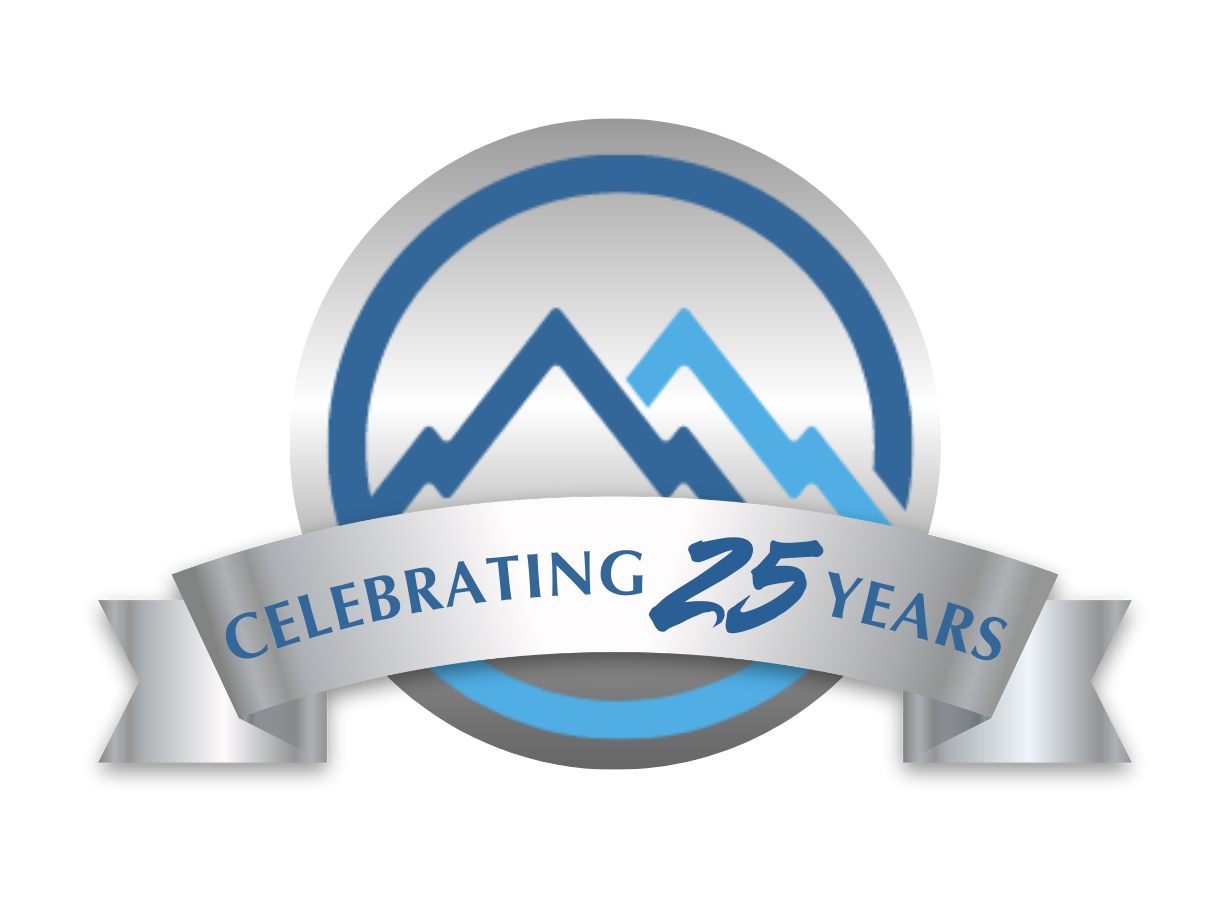Backflow Protection FAQs
High Hazard/High Health is Due: JULY 15th
Examples would be: Irrigation system, pool/spa, water feature, domestic line, etc.
Low Hazard/Low Health is Due: NOVEMBER 15TH
Example would be: Fire Suppression system
Mountain Regional Water does NOT perform backflow testing. You can do a quick internet search or refer to the link provided below to find a certified backflow tester:

Mechanical backflow preventers have internal seals, springs, and moving parts that are subject to fouling, wear, or fatigue. Also, mechanical backflow preventers and air gaps can be by-passed. Therefore, all backflow preventers have to be tested periodically to ensure that they are functioning properly. A visual check of air gaps is sufficient, but mechanical backflow preventers have to be tested by a State certified backflow specialist, with properly calibrated gauge equipment. To obtain a list of State certified testers either call us or click on the State of Utah page of available backflow testers above.
- Fire Suppression Systems
- Lawn irrigation Systems
- Pool and Spa Systems
- Water Feature Systems
- Garden hoses – A garden hose with all the uses and attachments that you can connect to a hose makes it a number one source for cross-connection to your potable water supply.
- Any home that has retained a private well but has also been connected to the public drinking water system, will be required to have an Air Gap.
All homes have the potential to contain cross connections. Be aware of situations where your home water supply does or could contact non-potable liquids. If the cross connecting cannot be avoided, be sure to use the proper plumbing device to prevent any liquid from backflowing into the potable water system. For example, a hose bibb (outside faucet) vacuum breaker is a simple, inexpensive plumbing device you can attach to the faucet before attaching the hose. These devices can be purchased at most home improvement stores. Other situations require a special backflow prevention device that will isolate potable water from potential contamination.
To protect the quality of tap water in your home follow these guidelines:
- Never allow hoses to be submerged in sinks, pools, animal feeders, chemical mixing tanks, etc.
- Be sure your toilet flush valves have an anti-siphon device.
- Make sure any plumbing work done in your home is by a licensed plumber certified in cross connection control.
The best method of preventing backflow is an air gap which either eliminates a cross-connection or provides a barrier to backflow. If an air gap is not proactical, a mechanical backflow preventer, which provides a physical barrier to backflow, is the next best approved method.
Backflow into a public water system can pollute or contaminate the potable water in that system making it unusable or unsafe to drink. Each water supplier has a responsibility to provide water that is usable and safe to drink and take reasonable precautions to protect its system against backflow.
Backflow is an undesirable reversal of flow of non-potable water or other substances through a cross-connection and into the piping of a public water system or consumer’s potable water system. There are two types of backflow—back pressure and backsiphonage.
Potable water is water which is safe for human consumption, free from harmful microbiological or chemical substances as described by federal and State drinking water regulations.
A cross connection is any physical or potential connection between a potable water supply and any potential hazardous material. This connection can be created when plumbing is incorrectly installed or even by simply attaching a hose to a faucet. Cross connections are not easy to discover, but can pose a serious threat to water quality. Federal and State regulations provide that no such connection is permissible without the installation of an approved backflow prevention assembly in accordance to the degree of hazard of the substance involved.
